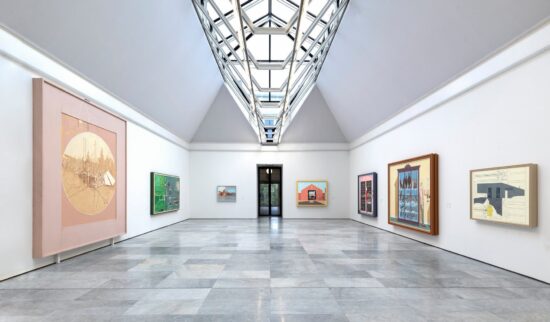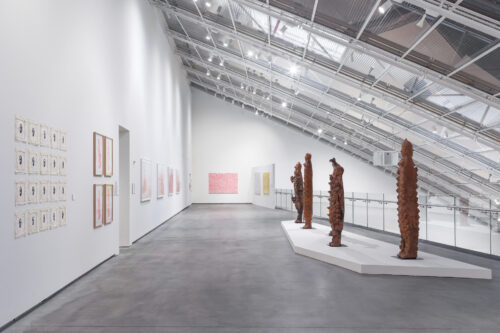Astrup Fearnley Museet
The Astrup Fearnley Museet is considered one of the top museums in the Norwegian capital. Moving along the Akker Brygge waterfront, parallel to the sea on the promenade known as the Stranden, and after we cross the small bridges to the last small islet of Tjuvholmen, right on the tip of the peninsula lies the amazing building of the Astrup Fearnley Museet-Museum of Modern Art. This jewel of modern architecture bears the signature of the famous Italian architect Renzo Piano who is also the designer of the sculpture park that takes over its outer spaces.

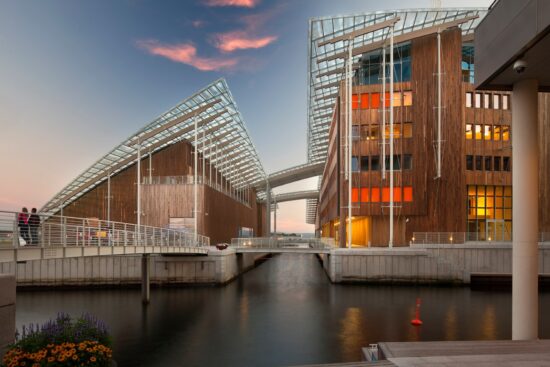
The outside park is an organic game of canals, bridges, and lawns where the sculptures are displayed out in the open while the building itself is a big double-height space, where natural light is filtered from a glass roof and the sequence of smaller art spaces is linked by a bridge, leading the view towards the park and the Piazza, connecting the inside with the outside.
The whole design of the different buildings of the museum is successfully repeating the sequence of the sailboats’ masts in the harbor. The Astrup Fearnley Collection is one of Norway’s most important and extensive private collections of contemporary art.
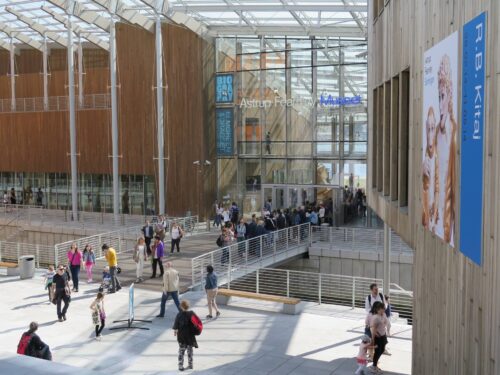
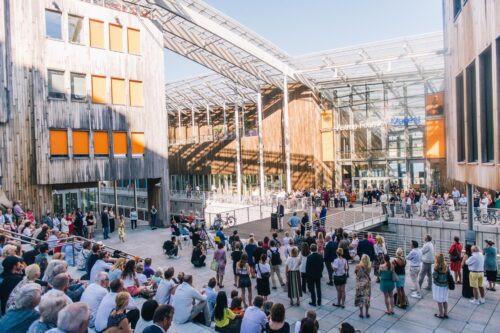
The collection has always concentrated on individual artworks and artists rather than movements or historical periods and is particularly focusing on contemporary art that pushes the boundaries of the artistic canon. It consists of many significant artists who have been central in the development of the international art scene for the past 50 years – either because they have created an individual visual language, works of great originality and quality, or because they have reinvented important aspects of cultural production.
Over the last decade, the Museum has concentrated intensively on American contemporary artists, and younger artists like Paul Chan, Frank Benson, Nate Lowman, and Dan Colen, to name just a few. More recently, the focus has been on works by important European, Brazilian, Japanese, Chinese, and Indian contemporary artists. More
